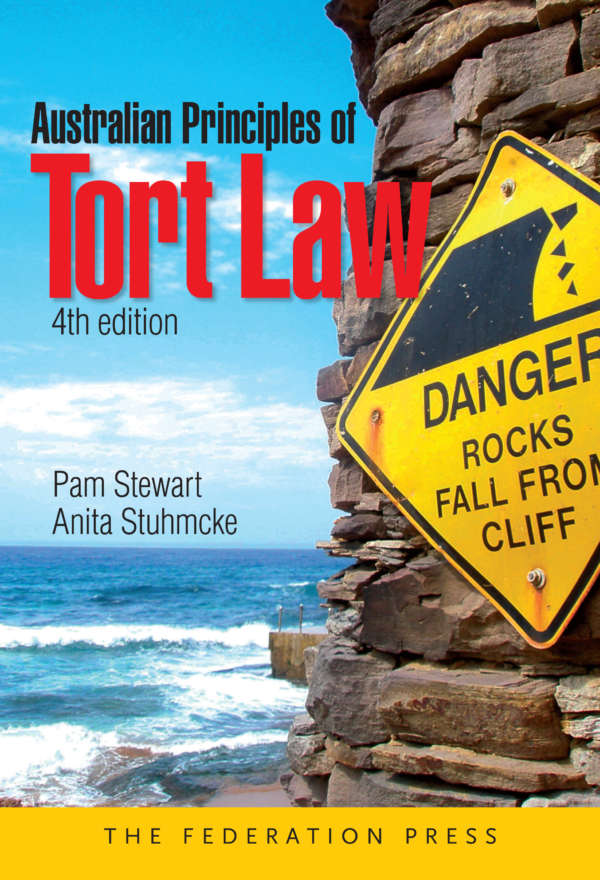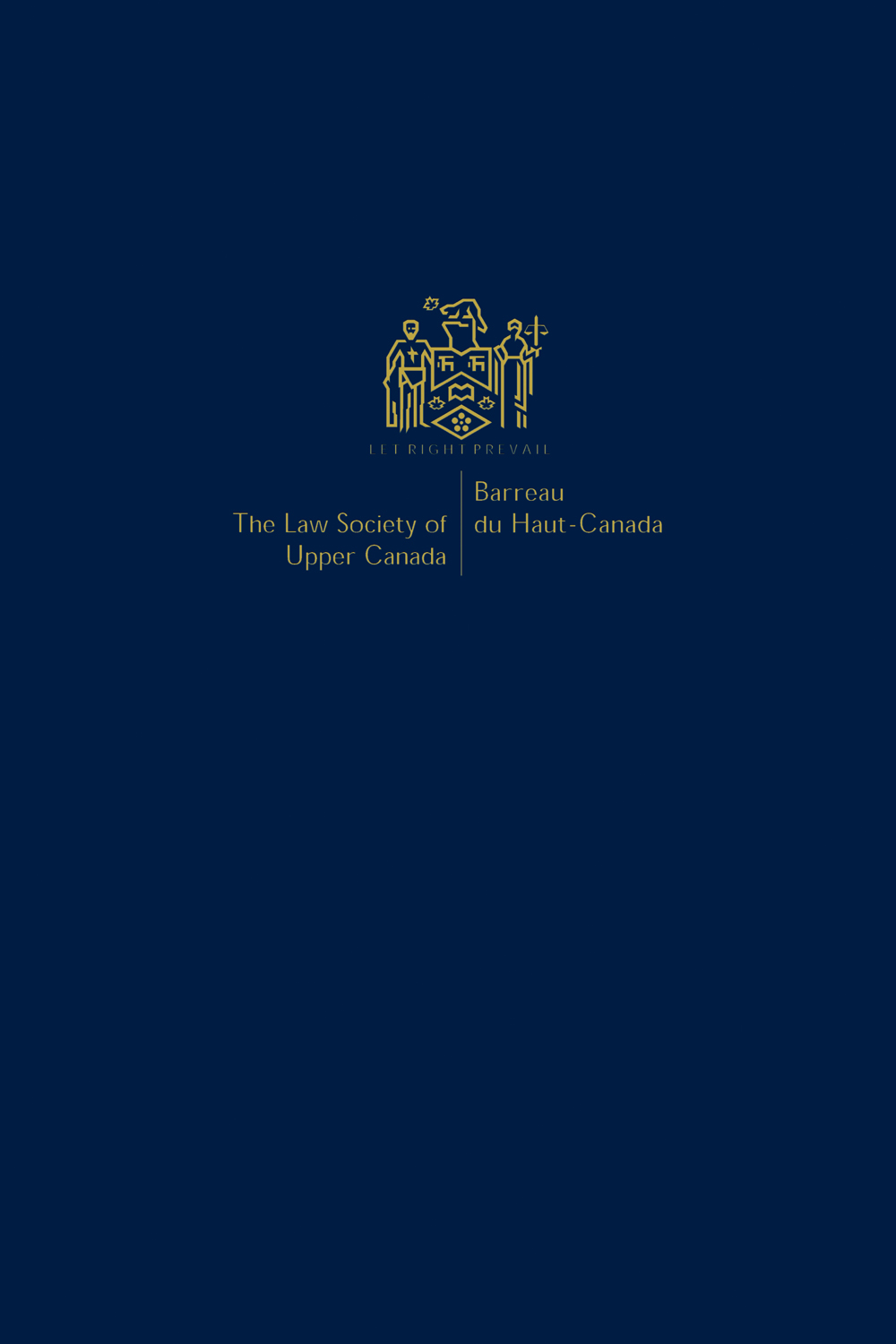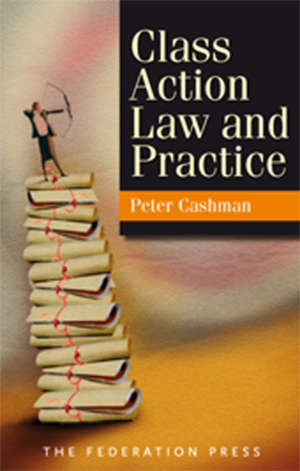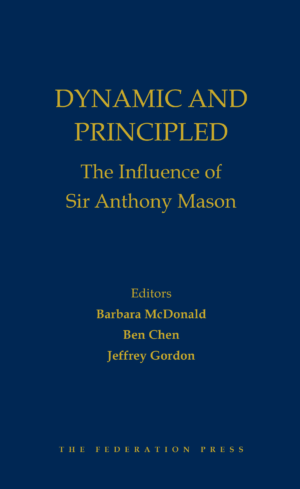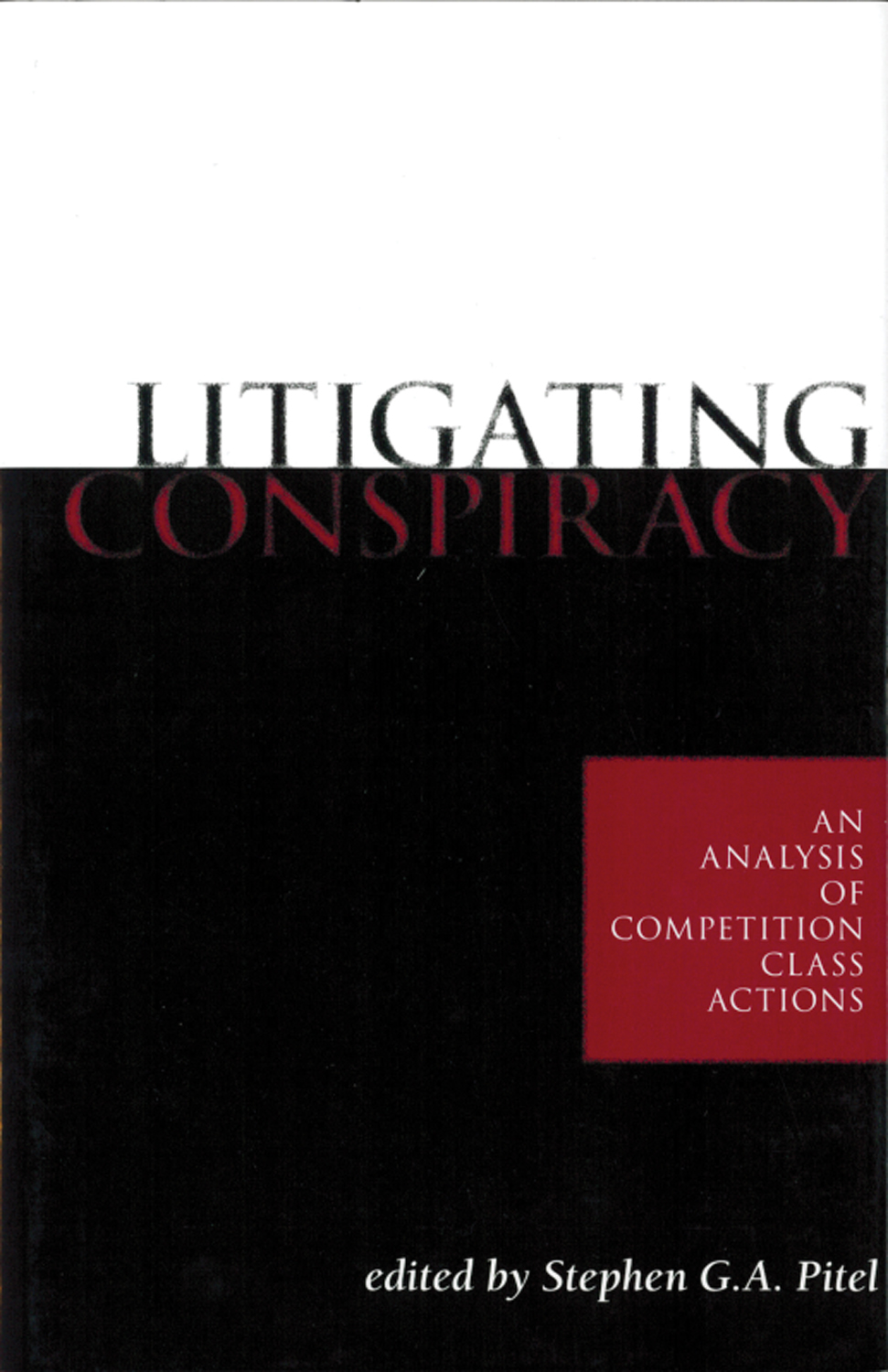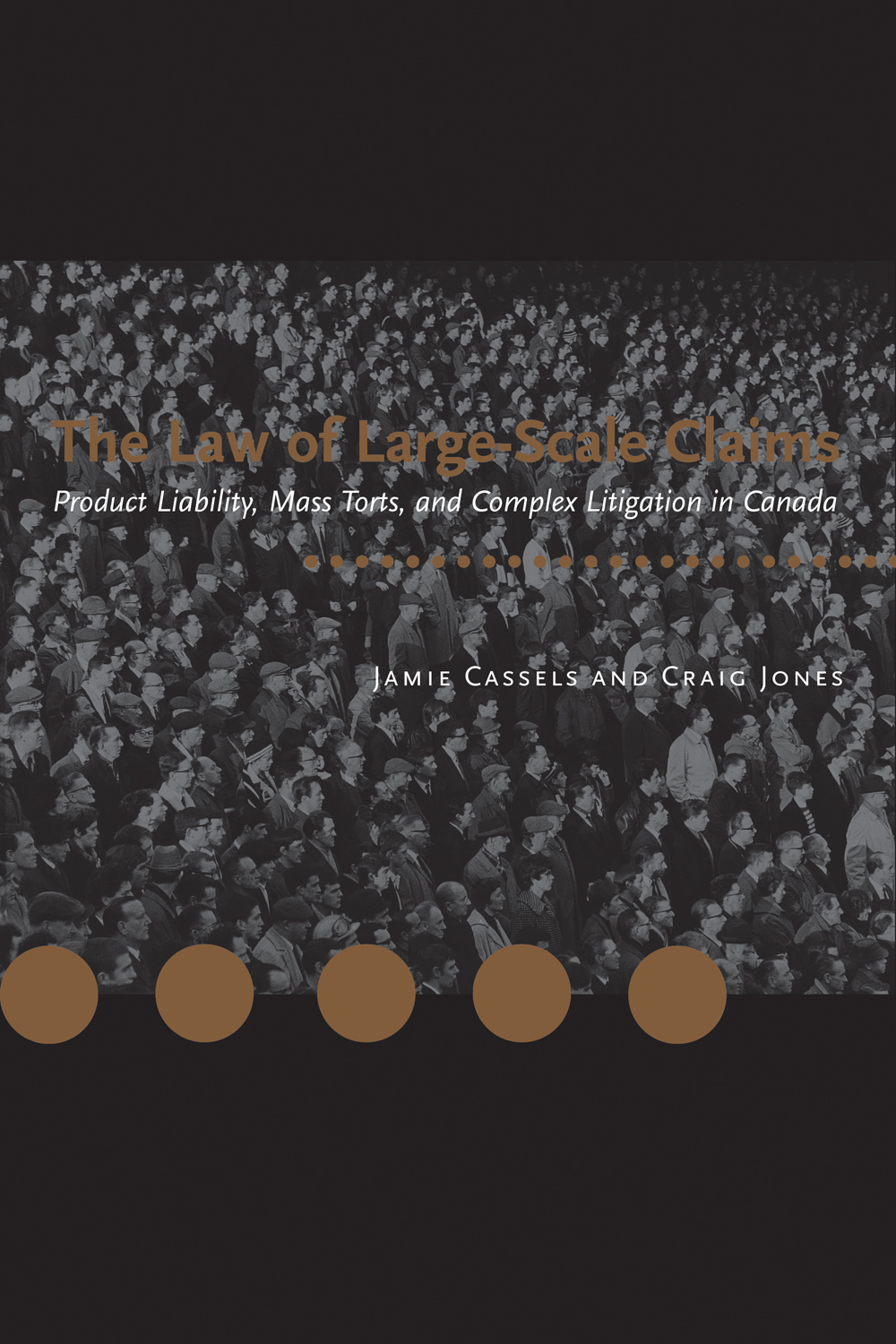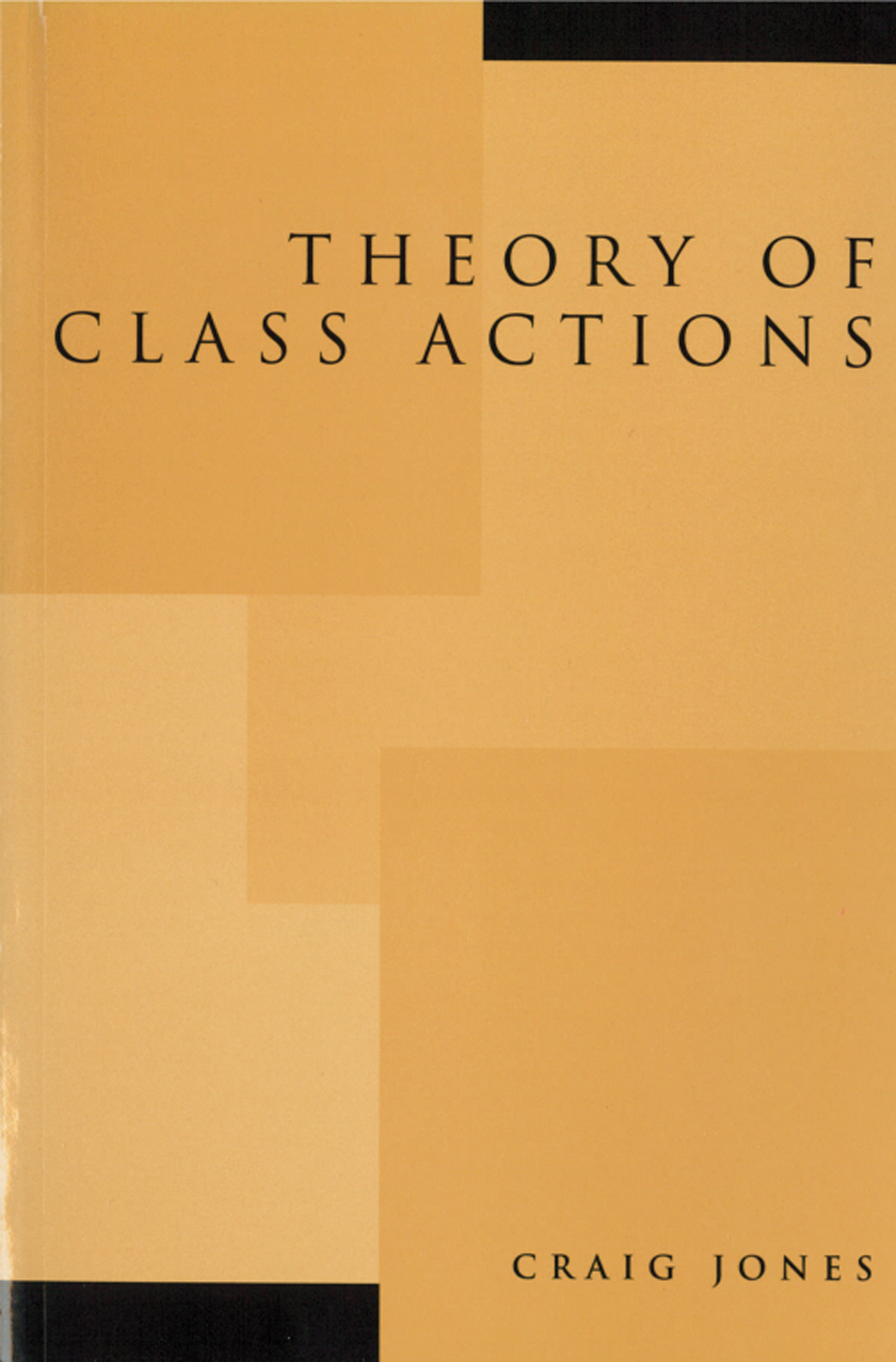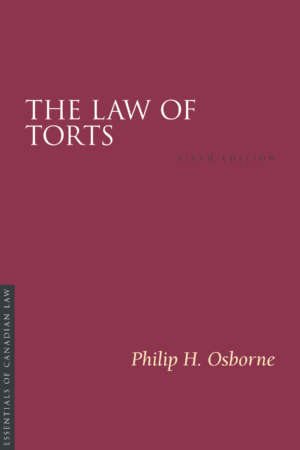Product Description
The sixth edition of Cases on Torts has been updated to take into account significant developments in Australian tort law in recent years. This established casebook is a valuable resource of the principles of contemporary tort law in its historical context. It is intended to provide students with a resource to develop the essential legal skills of reading and comprehending primary sources of law, rather than always relying on secondary commentary or summaries. To guide the student, each case extract is preceded by a short note setting out the essential principle for which the case is authority and/or asking the student to consider a key issue which the case addresses or leaves undecided.
Many new extracts have been included in this edition, comprising significant new cases and new comments, as well as some classic and foundational English and American torts cases with which every torts lawyer should be familiar.
The currency of the book will be maintained by the publication of edited extracts of important new cases on The Federation Press website. The extracts will be accompanied by brief editorial comment and all may be freely downloaded.
Preface to the Sixth Edition
Table of Cases
Table of Statutes
1. Historical Background
1. Trespass and case
2. Fault in trespass
2. Interference with the Person
1. Battery
2. Assault
3. False imprisonment
4. Intentional infliction of psychiatric injury
5. Aggravated and exemplary damages
3. Interference with Land
1. Trespass
2. Private nuisance
3. Tort of invasion of privacy?
4. Interference with Goods
1. Trespass and conversion
2. Possession and finding
3. Owner’s reversionary interest
4. Damages for interference with goods
5. Negligence: Duty of Care
1. General principles
2. Policy-based exclusions
3. Premises
4. Rescuers
5. Psychiatric injury
6. Pre-natal injuries, wrongful birth and wrongful life
7. Supervision and control
8. Pure economic loss from negligent statements or professional work
9. Pure economic loss from damage or injury to third parties
10. Pure economic loss from defective products or building work
6. Negligence: Breach of Duty
1. Determining breach of duty: balancing considerations
2. Proof of negligence
3. Role of judge and jury
7. Negligence: Causation and Scope of Liability
1. Causation
2. Loss of chance or opportunity
3. Liability for subsequent events
4. Remoteness and scope of liability
8. Breach of Statutory Duty
1. Legislative intention
2. Causation
3. Kind of damage
9. Public Nuisance
1. Title to sue
2. Highway and waterway obstruction
10. Defences
1. Consent
2. Volenti non fit injuria
3. Contributory negligence
4. Plaintiff’s unlawful conduct
5. Necessity
11. Concurrent Liability
1. Vicarious liability
2. Agency
3. Non-delegable duties
4. Multiple tortfeasors
12. Damages for Personal Injuries
1. Compensatory damages for personal injuries
2. Fatal accidents
13. Death or Injury to a Third Party
1. Fatal accidents
2. Loss of services


